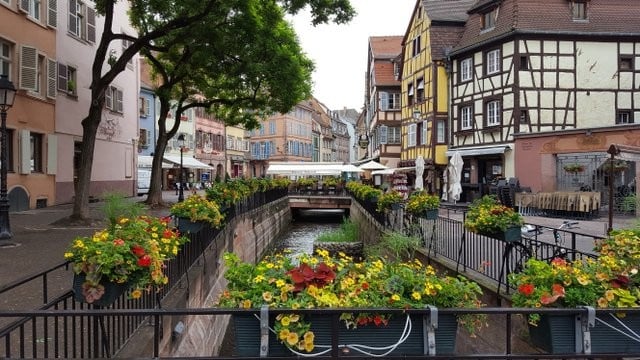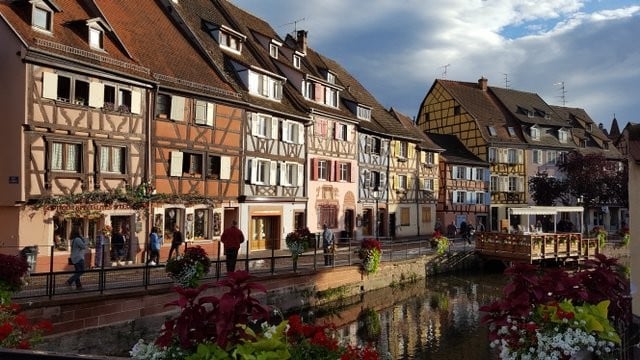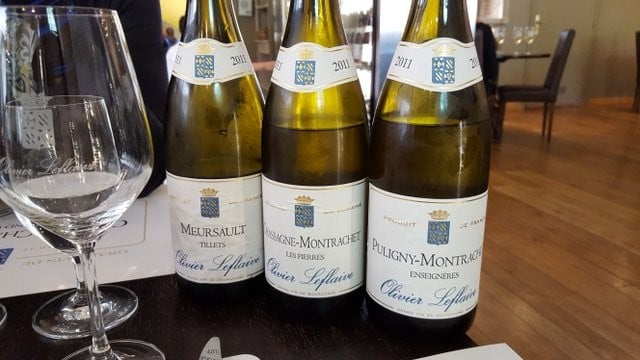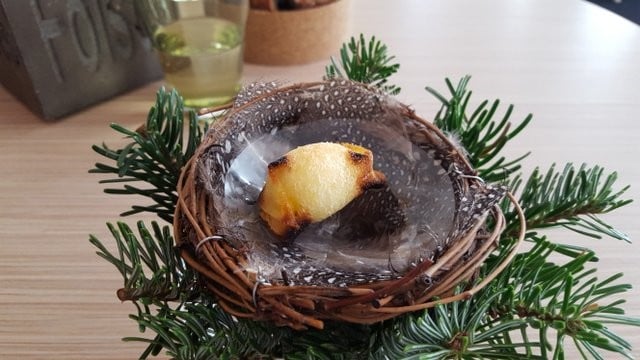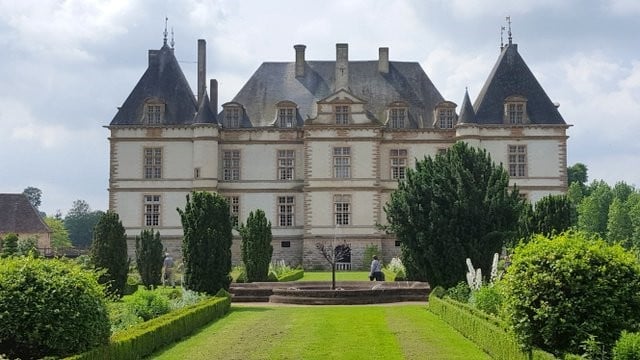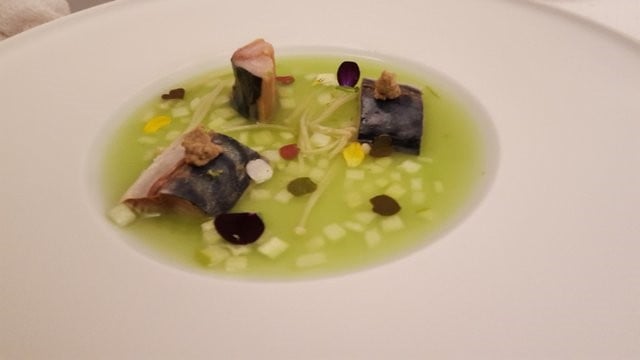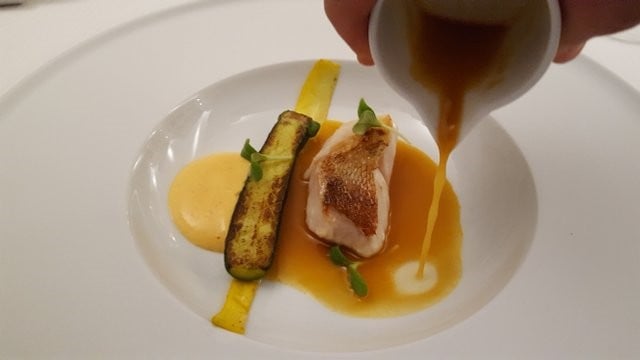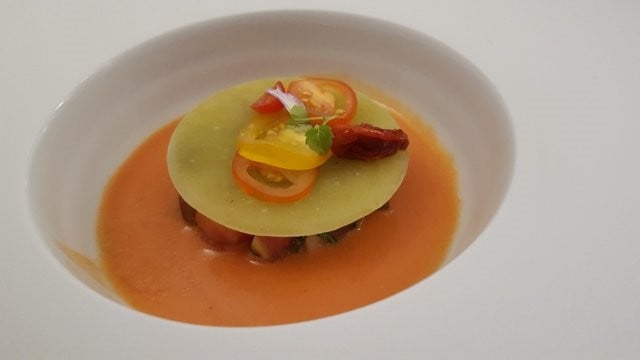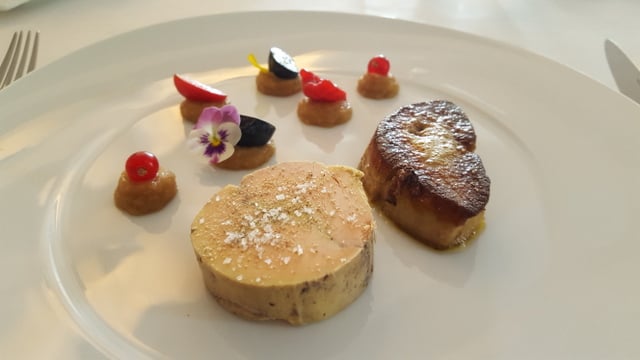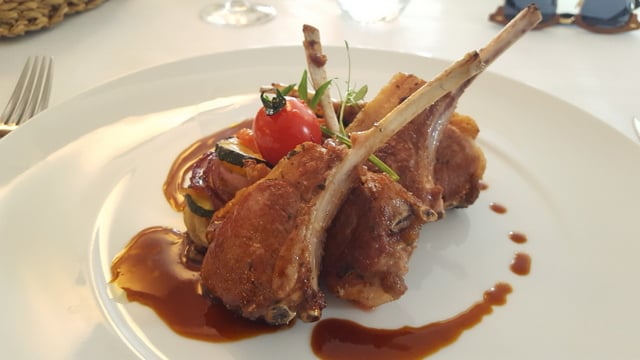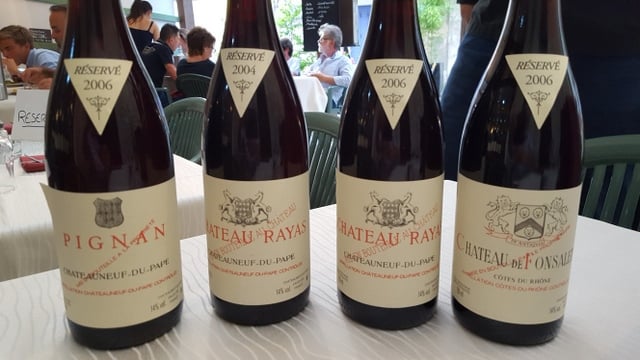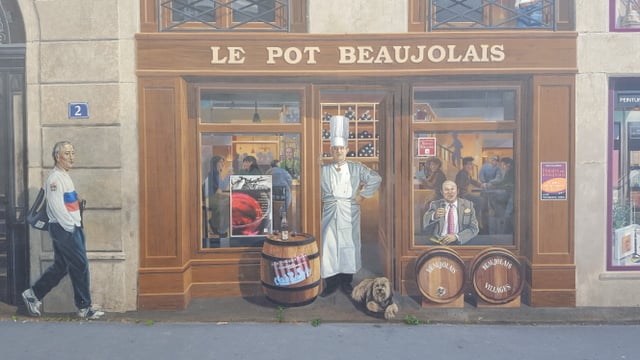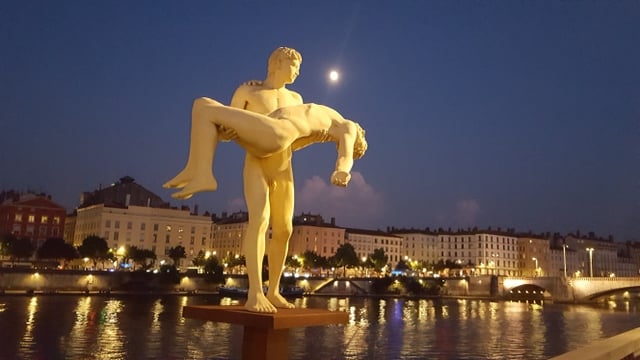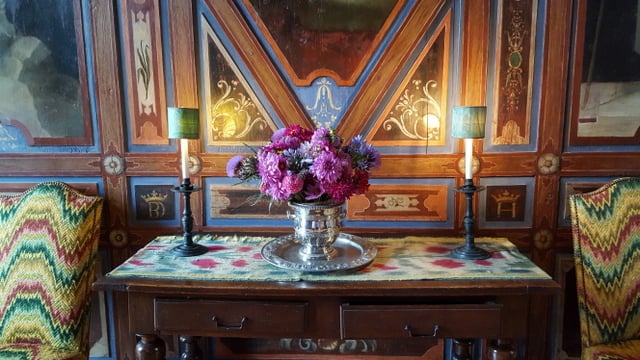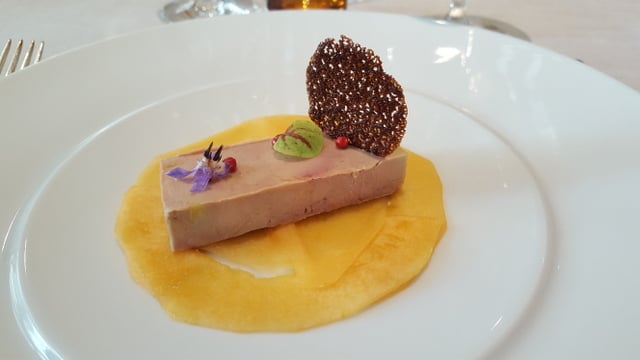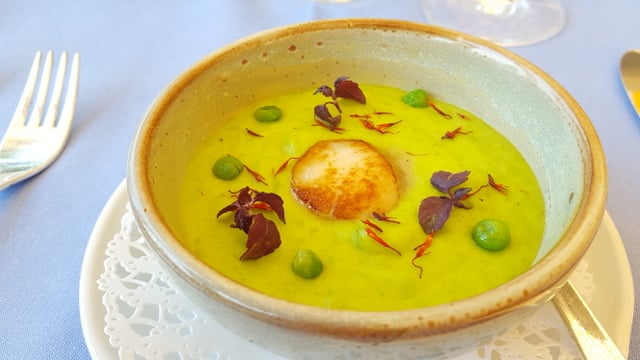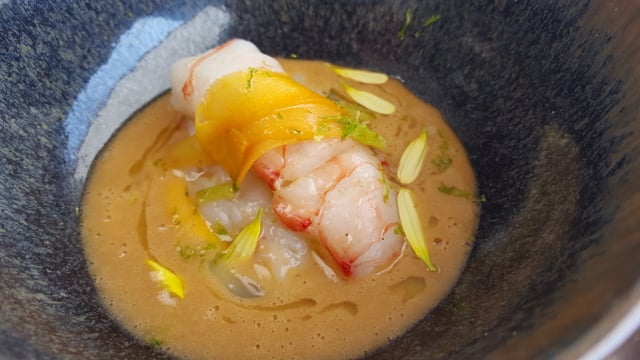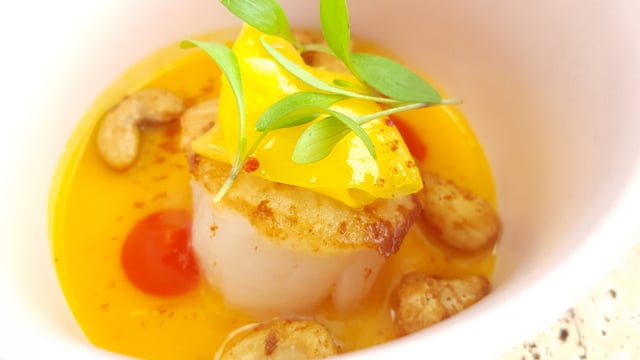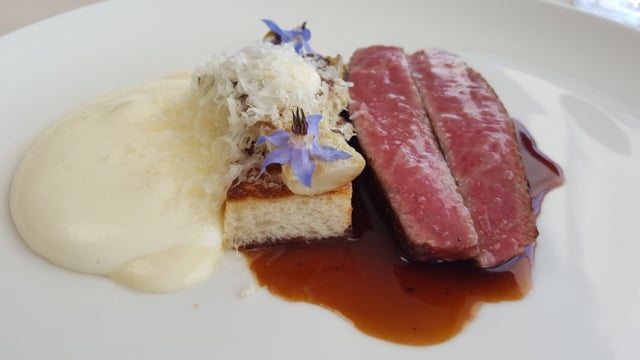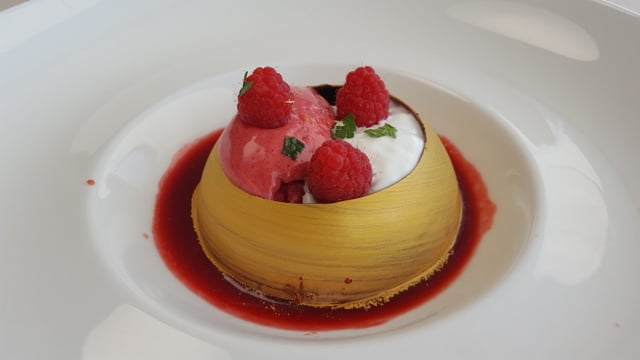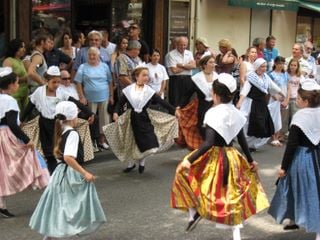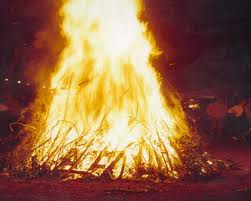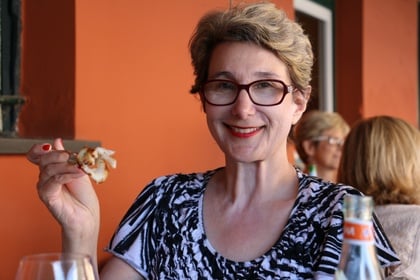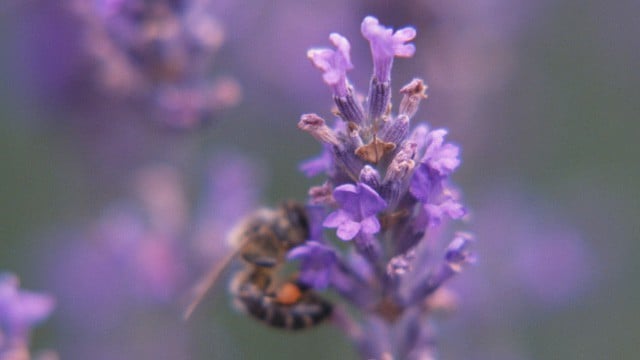
Newsletter - August 2024
Greetings from Robbi and Jim
A warm welcome to all of the members of our Aroma Tours Newsletter in over 30 countries around the world.
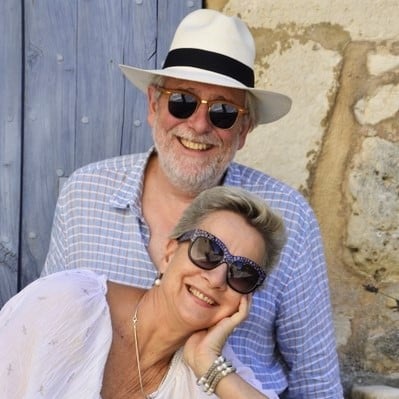
It is so nice to be home again after two months of wonderful adventures in Spain and France with time to reflect on the many delightful moments that we have shared with our guests this year.
We are now looking forward to the remaining chapters of our Aroma Tours chronicles for 2024, with our delightful Aromas of Tuscany and Flavours of Italy tours and we look forward to sharing stories and lots of lovely photos from this year's journeys with you in our next newsletter.
Robbi and I feel truly blessed to be able to share our passion for the fabulous places and experiences that we love, with delightful people from around the world.
We are also delighted to see that demand for next year's tour season is the strongest we have ever seen.
As always, it is our returning guests and their friends who are leading this fabulous response.
- If you would like to "seize the day" and journey with us next year, we invite you to visit our tour information page for more details or our make a reservation page to reserve your place.
The Picasso Experience
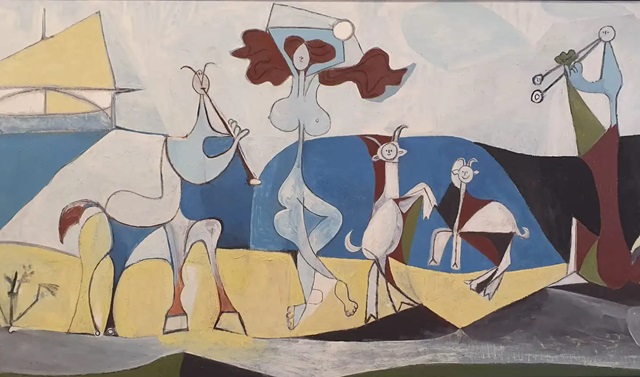
During several of our Provence tours last year we were able to experience a wonderful
"Picasso in Provence" exhibition that was being held to celebrate the years Picasso spent painting in southern France.
After being exiled from Spain, he painted many of his masterpieces in
Provence, was inspired by the beauty of the region and was influenced by the
work of Cezanne.
We saw a wonderful sampling of his amazing works from this period which we all greatly enjoyed and for myself as an aesthetic person but not an art buff as such, it was a revelation and a whole new unfolding of visual pleasure.
After being so impressed, I explored further and discovered this wonderful quote that speaks so beautifully about art and the artist:-
"Everyone wants to understand art. Why don't we try to understand the song of a bird? Why do we love the night, the flowers, everything around us, without trying to understand them? But in the case of a painting, people think they have to understand. If only they would realize above all that an artist works of necessity, that he himself is only an insignificant part of the world, and that no more importance should be attached to him than to plenty of other things which please us in the world though we can't explain them; people who try to explain pictures are usually barking up the wrong tree." ~ Picasso
Flavours of France
Robbi and I are very excited to once again be offering our spectacular gourmet tour Flavours of France, exploring the beauty, culture and fabulous gastronomic traditions of eastern France.
Experience the fascinating heart of Lyon, the gourmet capital of France and enjoy journeying through the beautiful vine clad countryside of Burgundy and Alsace with their enchanting hilltop villages, medieval towns, lush vineyards, spectacular chateau and gardens.
Elegant 4 and 5 star small luxury hotels and spectacular gourmet cuisine and wines are a feature of this tour and your taste buds will be tantalized in some of France's finest restaurants, from hidden gastronomic treasures, to spectacular 3 Michelin star fine dining; with a total of 6 Michelin stars during our week together.
There are still 3 vacancies available for Flavours of France and we would love to share this spectacular and luxurious French gourmet adventure with you.
- For more details please visit our tour information page and to reserve your place for this delightful gourmet experience , please visit our make a reservation page
The Story of Roquefort Cheese

According to the stories and legends of the Roquefort region in south central France--about 2000 years ago a young shepherd tending his sheep high in the Causses [high arid mesa's similar to those in Arizona or Mexico], was concerned about the effect of the fiery sun on his lunch of rye bread, white sheep's milk cheese and apples. He noticed that along one side of this mesa there was a high mass of rock, known today as Mount Combalou, tunneled with many dark caves. The shepherd climbed up and left his lunch on a cool ledge in the deep shade of one of the caves, safe from the sun.
Shortly afterwards his flock was attacked by a wolf and he forgot about his lunch altogether until three months later he climbed back into the cave. He was not surprised to find his bread and apples moldy and inedible, but the white cheese was interestingly shot through with jagged blue/green veins. When he tried this strange cheese which had remained perfectly soft he found it had an interesting aroma and a faint nutty, definitely tangy flavour. He took this cheese home. All his family enjoyed it as well. Roquefort was born.
The cheese gets its name from the fact that only Mount Combalou was found to have the power of creating the blue/green veins. Other caves some only a mile away had no effect. Since the cheeses came from a fortress like rock it was simply called "Roc Fort".
The veins are in fact caused by the "benign and noble" mold, Penicillium roquefortii which is apparently found nowhere else in the world.
Our Current Booking Status
The enthusiasm for our Aroma Tours has been outstanding with all of this year's tours now sold out.
We are also thrilled to see that our 2025 tour season is already down to the last few vacancies due to strong early bookings.
| List of Tours for 2025 | ||
| Flavours of Spain | 12 - 19 May 2025 | |
| Spanish Gourmet Pilgrimage | 19 - 26 May 2025 | 2 vacancies |
| Flavours of France | 9 - 16 June 2025 | 3 vacancies |
| Heart of Provence | 23 - 30 June 2025 | 2 vacancies |
| Essential Provence | 30 June - 7 July 2025 | 2 vacancies |
|
Treasures of Provence (ladies only special event) |
11 - 18 July 2025 | 1 vacancy |
| Aromas of Tuscany | 9 - 16 September 2025 | |
| Flavours of Italy | 16 - 23 September 2025 | |
- For detailed information about any of our tours please visit our tour information page and if you would like to join us please visit our make a reservation page.
- It is our pleasure to assist you with any questions you may have and we invite you to get in touch with us at jim@aroma-tours.com
Please note
- Our up-to-the-minute booking status is available via our calendar page
Le Feu de St Jean
A little while ago during our Provence Adventures
we had the pleasure of witnessing the ancient ritual of Le Feu de St. Jean - The
Fire of St. John.
This colourful celebration dates back to pagan times and is always held on the
eve of the summer solstice; representing the victory of light over darkness
on the shortest night of the year. All manner of healing and benefits are
associated with the fire, such as curing of disease, enhancing fertility and
protection from adversity.
On a perfect balmy summer's eve as we strolled through a lovely small village, we were treated to the spectacle of a colourful procession of villagers dressed in traditional Provencale costume parading through the narrow streets to the sounds of flutes and drums.
At the center of the procession was a horse-drawn wagon laiden with fruits of the harvest and as it passed we were offered garlands of rosemary, lavender, corn, fruit, wheat, brush-wood and other offerings for "Le Feu".
The parade's destination was the village's central square where a large bon-fire awaited us. The main festivities began shortly afterwards, with the mayor, resplendent in his tri-coloured sash, addressing us at some length on the ripening of the season and the bountiful harvest soon to come.
He was flanked by dancers and musicians who enthusiastically performed for us and one of the most memorable songs we heard that night, told the story of two young lovers whose eyes met for the first time gazing across the Fire of St John. [ to this day it is one of my favourite songs ]
Once it was fully
dark, the festivities began in earnest as the bonfire was carefully lit and we all began to circle slowly
three times around
"Le Feu", whilst throwing flowers, herbs, and garlands into the
flames with the words - "May all my ill-luck depart and be burnt up with
these."
We were all enchanted by these heart-felt traditions and took a moment to
gave thanks, reflect on the year gone by and then bless the year to come, as
we joined the whole village in celebration.
Travelling Solo in a Group
As well as couples and friends travelling together, we are regularly joined by solo travellers - mostly women, who appreciate being able to journey with liked minded people from around the world, without the need to do all the planning and take on the daunting task of touring by themselves.
Joining one of our small group tours is easy and we have already made all of the arrangements on your behalf to ensure that you have a delightful, stress-free holiday with the focus on having fun.
Having a ready-made group of friends to travel with, and us to take wonderful care of you is the way to go!
- There is no extra charge for solo travellers who are willing to share a room with another same gender guest from our group.
We have carefully crafted off-the-beaten-path itineraries that are the perfect balance of structure, experiences, details and free time to enjoy in your own way.
Our Invitation
Robbi and I look forward to welcoming you to one of our delightful Aroma Tours in 2023 or 2024.
- For detailed information about any of our tours please visit our tour information page and if you would like to join us please visit our make a reservation page.
- As always if you have any questions or if you would like us to assist you personally with advice about your travel arrangements or with any other details please contact us at info@aroma-tours.com
Warmest regards,
Jim and Robbi
